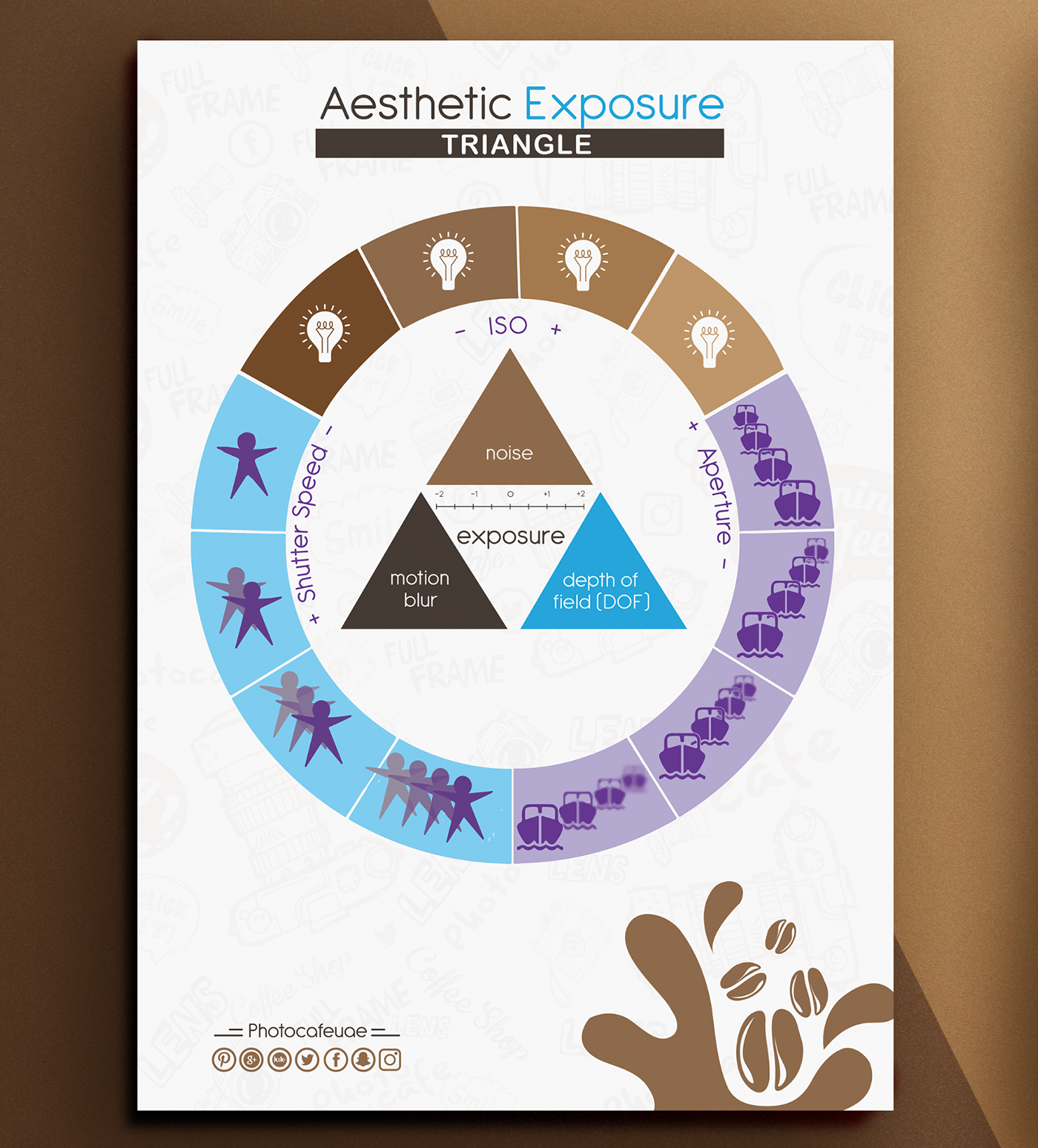Recognizing Structure: The Essential Every Digital Photographer Must Know
Recognizing Structure: The Essential Every Digital Photographer Must Know
Blog Article
Created By-Robb House
When you grab your cam, comprehending the basics of composition can dramatically raise your photography. Strategies like the Guideline of Thirds, Leading Lines, and reliable mounting aren't just guidelines; they're vital devices that can change your pictures from ordinary to enchanting. By grasping these concepts, you'll find yourself catching not simply pictures, but tales that reverberate. However what happens when you start bending these policies? Discovering that can result in unanticipated and powerful lead to your work.
The Rule of Thirds
Among the most essential principles in photography is the Guideline of Thirds. This method aids you create well balanced and appealing compositions, drawing the visitor's eye to one of the most vital elements in your picture.
Picture dividing your frame right into a grid of nine equivalent parts with two horizontal and 2 upright lines. By putting your topic along these lines or at their junctions, you naturally improve your photo's visual appeal.
Instead of centering source for this article , attempt placing it off to one side. This technique introduces space and context, enabling visitors to check out the surrounding location.
For landscapes, put the perspective along the leading or bottom third line, highlighting either the skies or the land.
When you're recording portraits, align the subject's eyes along the top 3rd line for an extra vibrant appearance.
Trying out the Regulation of Thirds will certainly result in even more compelling and professional-looking photos.
Leading Lines
Use the power of leading lines to direct your audience's eye through the structure and create a sense of depth in your photography.
Leading lines are all-natural or man-made components that draw attention and lead the audience's stare toward the major topic. They can be anything from roadways, rivers, fences, and even shadows.
When you include leading lines, think about exactly how they can boost your composition. Beginning by determining solid lines in your scene.
Position on your own to utilize these lines properly, guaranteeing they cause your centerpiece. For example, a pathway introducing a landscape can evoke a feeling of trip and invite the customer to discover the scene.
Explore different angles and point of views. In some cases, capturing from a lower angle can create more vibrant leading lines, while a greater perspective can provide a more comprehensive context.
Framework and Equilibrium
Framework and equilibrium play critical functions in developing aesthetically engaging photographs. When you mount your subject, you're basically producing a boundary that draws the visitor's eye directly to the prime focus. You can use natural environments like branches, entrances, or home windows to accomplish this impact.
https://postheaven.net/adrian009kanisha/exactly-how-to-select-the-right-camera-for-your-photography-demands take too lightly the power of framing; it adds depth and context, making your photo much more engaging.
Balance, on the other hand, guarantees that your structure really feels secure and unified. You can attain balance with balance or by dispersing visual weight uniformly throughout the frame. If you position a big subject on one side, think about including smaller sized elements on the opposite side for it.
This technique avoids your picture from feeling uneven and produces a sense of completeness.
Try out both mounting and balance in your photography. Take multiple shots from various angles, readjusting just how you mount your subject and exactly how you distribute aspects within the scene.
As you practice, you'll create an user-friendly understanding of how to produce compositions that reverberate with audiences and evoke feeling. Bear in mind, mastering these elements can change a common image right into a striking masterpiece.
Final thought
By understanding make-up techniques like the Regulation of Thirds, Leading Lines, and Framing, you can raise your photography to new heights. These concepts assist you create well balanced, appealing pictures that draw audiences in and inform engaging tales. Bear in mind to experiment and count on your impulses as you practice these fundamentals. With time and dedication, you'll change common shots into artistic expressions that genuinely reverberate with your audience. Maintain shooting, and let your creative thinking shine!
